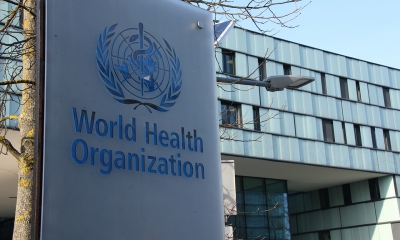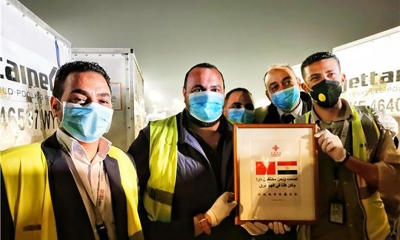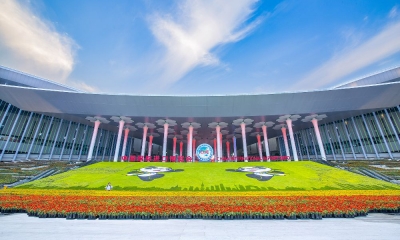China’s Reform and Opening-Up Opens the Door for African Growth
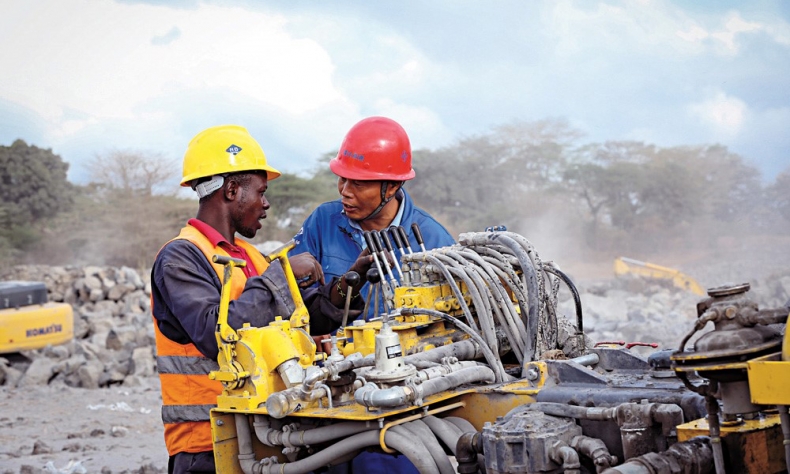
Now, many African countries are using China’s experience to establish their own economic zones, which are set to bring in the development that the African continent has dreamed of.
In the 40 years since the beginning of China’s reform and opening-up, there is no doubt that a great number of tremendous achievements have been made not only in China, but also globally.
For many decades, African exports depended on raw materials alone. However, after the establishment of giant infrastructure projects and industrial zones in many African countries in cooperation with China, the export structure of many African countries has become diversified and has added value to the national incomes of such countries.
Many countries in Africa have utilized financing mechanisms made available by China to finance investment projects in Africa, including the China-Africa Development Fund, the China Fund for Productive Capacity Enhancement and the soft loans provided by China to African countries.
The People of the World Enjoy the Remarkable Achievements of Chinese Reform and Opening-Up
According to the china’s National Bureau of Statistics China’s Trade reached 4 trillion U.S. dollars 2017, making 14 times more than its percentage 0.8 in 1978.
Before China began its rapid period of growth, consumers around the world suffered from the high prices of goods and products and many people could not afford access to the same products enjoyed by consumers in developed countries.
Only after China entered the world of manufacturing and production in various sectors and types of products did consumers gain the opportunity to enjoy all kinds of products. The reason was the tremendous drop in the prices of various products thanks to massive increases in Chinese production.
Indeed, in every home in the world, regardless of wealth or poverty, Chinese products can be found. These products have achieved a balance between quality and price.
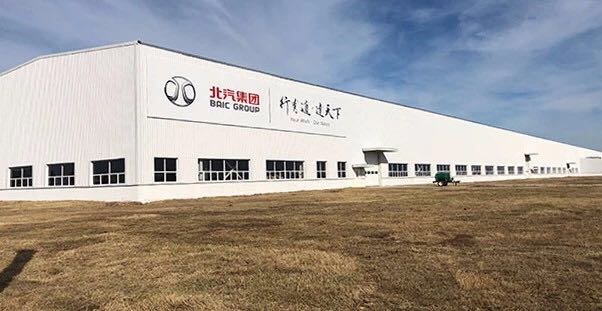
China’s Opening-Up Has Given the African Continent Strategic Advantages
Previously, developed countries controlled the prices of raw materials and primary products produced by countries in Africa and relied on them as a source of income. But with China’s opening-up and its great industrial revolution, China has taken on the role of a prominent buyer of these products and commodities. In turn, it has become difficult for developed countries to monopolize such commodities by slashing their prices, which has contributed to a fair return for African countries.
Despite the fact that global growth slowed as a result of the 2008 global financial crisis, China maintained its high rate of growth. As is well known, from 1979 to 2017 China’s average annual economic growth rate was 9.5 percent, where the global average was just 2.9 percent. This growth kept demand for African products at reasonable rates, protecting African countries from the direct impact of the global crisis and contributing to higher growth rates, particularly among Sub-Saharan African countries.
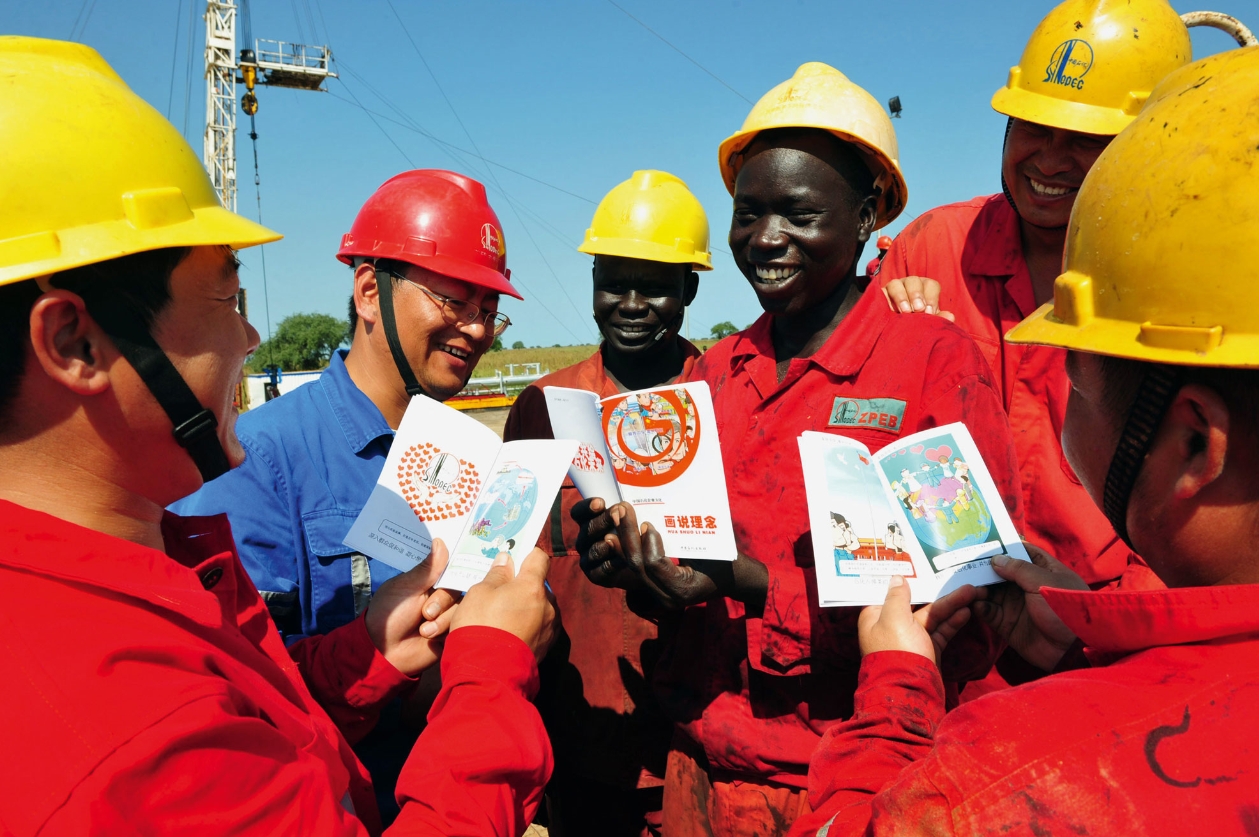
China Development Model Inspires African Countries
In the late 1970s, China’s reform and opening-up began first in Shekou, Shenzhen, located in the southern province of Guangdong. Shenzhen was the first Chinese city to launch reform and opening-up and also the site of the country’s first Special Economic Zone (SEZ).
Now, many African countries are using China’s experience to establish their own economic zones, which are set to bring in the development that the African continent has dreamed of.
More than 3,500 Chinese companies are working on important and strategic projects in a number of African countries.
Currently, Chinese businesses have begun construction or preparations on nearly 100 industrial parks in Africa, of which around 40 are already operating. These industrial parks will produce a great number of products that can be exported, improving quality of life and living standards for millions of Africans.
For example, six special economic zones set up by China in Africa including Chambishi Zambia – copper and copper related industries, Lusaka, Zambia – garments, food, appliances, tobacco and electronics, is classified as a subzone of the Chambishi zone.
Mauritius manufacturing zone (textiles, garments, machinery, high-tech).
Ethiopia – electrical machinery, construction materials, steel and metallurgy.
Ogun Nigeria construction materials, ceramics, ironware, furniture, wood processing, medicine and computers. Lekki Nigeria, transportation equipment, textiles, home appliances, telecommunications, and light industry.
Suez Egypt petroleum equipment, electrical appliance, textile and automobile.
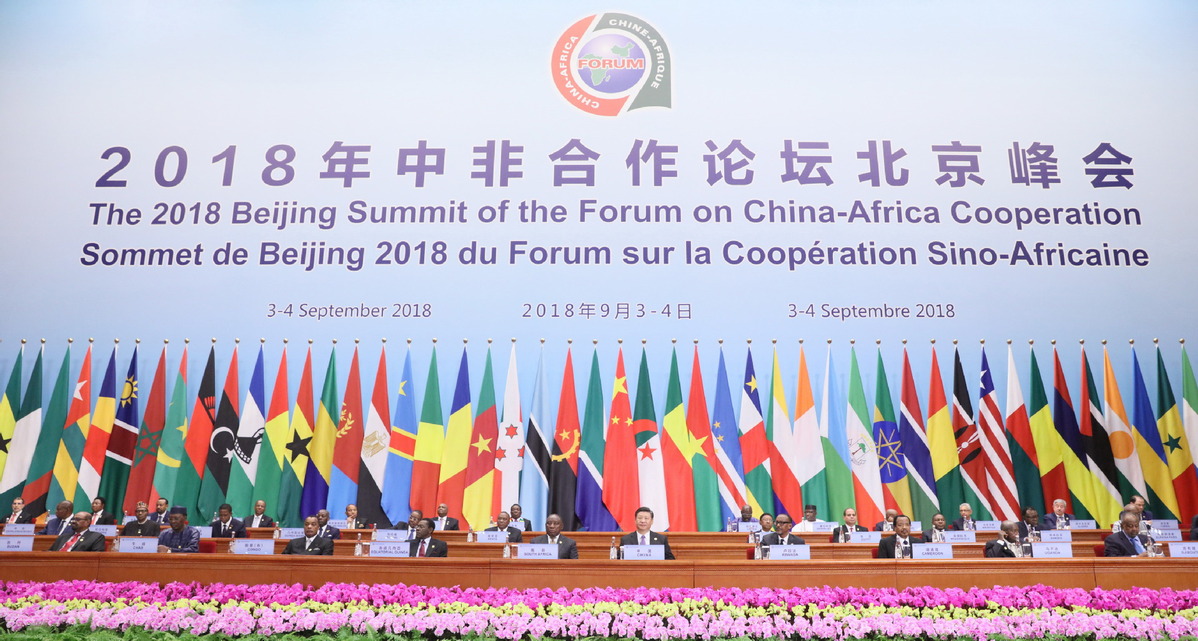
China-Africa Economic Relations Have Witnessed an Unprecedented Leap
During the last FOCAC summit in Beijing in September 2018, Chinese President Xi Jinping announced that China will extend a total of US$60 billion of financing to Africa.
In 2013, President Xi set out the strategy of building the Silk Road Economic Belt and a 21st Century Maritime Silk Road which would later become known as the Belt and Road Initiative. The concept links the Chinese dream to the global dream and is of far-reaching strategic significance. The Belt and Road is a massive trade and infrastructure project that aims to link China physically and financially to dozens of economies across Asia, Europe, Africa and Oceania.
As of September 2018, 100 countries are participating in the Belt and Road, 16 of which are in Africa. In December 2015, President Xi announced 10 major China-Africa cooperation plans to boost cooperation between the African continent and Asia’s largest economy. This major plan covered a variety of areas including industrialization, agricultural modernization, infrastructure, financial services, green development, trade and investment facilitation, poverty reduction and public welfare, public health, people-to-people exchanges and peace and security.
President Xi announced that China will offer US$60 billion dollars of funding support, including US$15 billion in grants, interest-free loans and concessional loans, US$20 billion in lines of credit, the establishment of a US$10 billion special fund for development financing and a US$5 billion special fund for financing imports from Africa. Chinese companies are also encouraged to make at least US$10 billion in investment in Africa in the next three years.
These undertakings come at the same time as several mega-projects at the bilateral level with African countries.

China and Africa Building Win-Win Trade Relations
There is no doubt that we are witnessing a strategic shift in China’s opening-up as China opens its markets to the world and to Africa in particular.
On November 5, China opened its first major international exhibition for imports in Shanghai. President Xi explained that, “China’s initiative to expand imports is not a choice of expediency. It is a future-oriented step taken to embrace the world and promote common development.”
This initiative is aimed at proving that Chinese markets are now welcoming products from all around the world.
The exhibition is a practical application of the Chinese president’s promise of more openness to imports from around the world, especially countries in Africa.
Many African countries have been granted free participation in order to strengthen their presence at the exhibition.
According to Chinese Ministry of Commerce, in 2017, total China-Africa trade volume amounted to US$170 billion, up 14 percent year-on-year. Of this trade, China’s imports from Africa grew rapidly, reaching a total value of US$75.3 billion, up 33 percent compared to the previous year. The main products that made up these imports are fuels, mineral oils, bituminous coal, ore, slag, ash, precious metals, copper, wood and others. China’s exports to Africa totaled US$94.7 billion, up 2.4 percent year-on-year. Main products included machinery, equipment, television, vehicles, steel, plastics, footwear, furniture and others. China’s trade value with its three largest African trading partners — South Africa, Angola and Nigeria — grew 12 percent, 45 percent and 30 percent, respectively, year-on-year. China’s investment in African countries totaled about US$100 billion.
In conclusion, we should be happy with the success of China’s opening-up, because in the end it is in the interest of the whole world and Africa in particular.
Hisham Abu Bakr Metwally is First Economist Researcher at the Central Department for Export & Import Policy under the Egyptian Ministry of Foreign Trade and Industry.
Editor: Cai Hairuo
Intern Editor: Guo Ran
 Facebook
Facebook
 Twitter
Twitter
 Linkedin
Linkedin
 Google +
Google +




